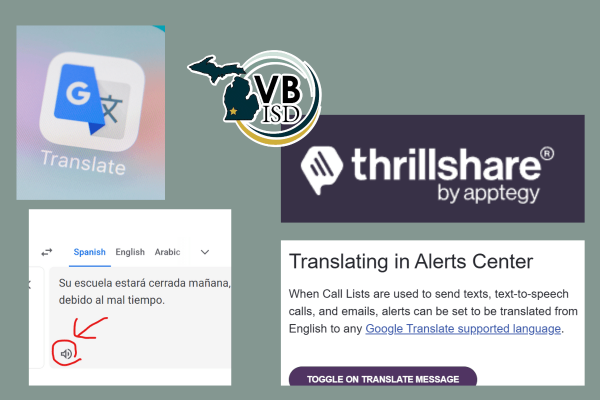PLEASE TRANSLATE: How to Send Out School Messages in Multiple Languages
Attention: Superintendents, Principals, and Staff
Effective communication is the foundation of any strong school community, but for parents who don’t speak English, staying informed about their children’s education can be challenging. When schools send out important updates or reminders in English only, non-English-speaking parents are often left in the dark.
In some cases, bilingual staff have reported fielding dozens of phone calls from parents seeking clarification after school messages go out in a language they don’t understand. This shows that these parents are eager to stay engaged—they simply need the information in their native language.
How to Translate School Messages Effectively
Thankfully, tools like Google Translate and other translation services make it easier than ever to communicate across languages. Here’s a helpful video guide to get started:
Why Translating School Messages Matters
- Encourages Parental Involvement
Research shows that parental involvement is critical to student success. When parents have access to school events, updates, and policies in their preferred language, they can better support their children. - Eases the Burden on Staff
Without translated messages, multilingual staff are often inundated with follow-up calls and questions. While their work is invaluable, dedicating time to field repetitive inquiries could be avoided with preemptive translation efforts. - Promotes Equity and Inclusion
Translating school messages ensures that all families, regardless of their native language, have equal access to vital information. It sends a clear message that every parent’s voice and participation are valued.
Tips for Success
- Verify Accuracy: While tools like Google Translate are helpful, having a native speaker review the translation ensures accuracy and cultural sensitivity.
- Plan for Multilingual Outreach: Include time for translations in your communication workflow to ensure messages are sent in all necessary languages simultaneously.
- Leverage Community Resources: Collaborate with bilingual staff, community leaders, or translation services to create clear and effective messages.
Building a More Inclusive School Community
By translating school messages into the languages spoken in your community, you foster stronger relationships with parents, improve student outcomes, and create a school environment where all families feel welcome and supported. No parent should miss critical information due to a language barrier.
When schools take steps to communicate inclusively, they show that every family’s engagement matters—because when parents and schools work together, students thrive.


